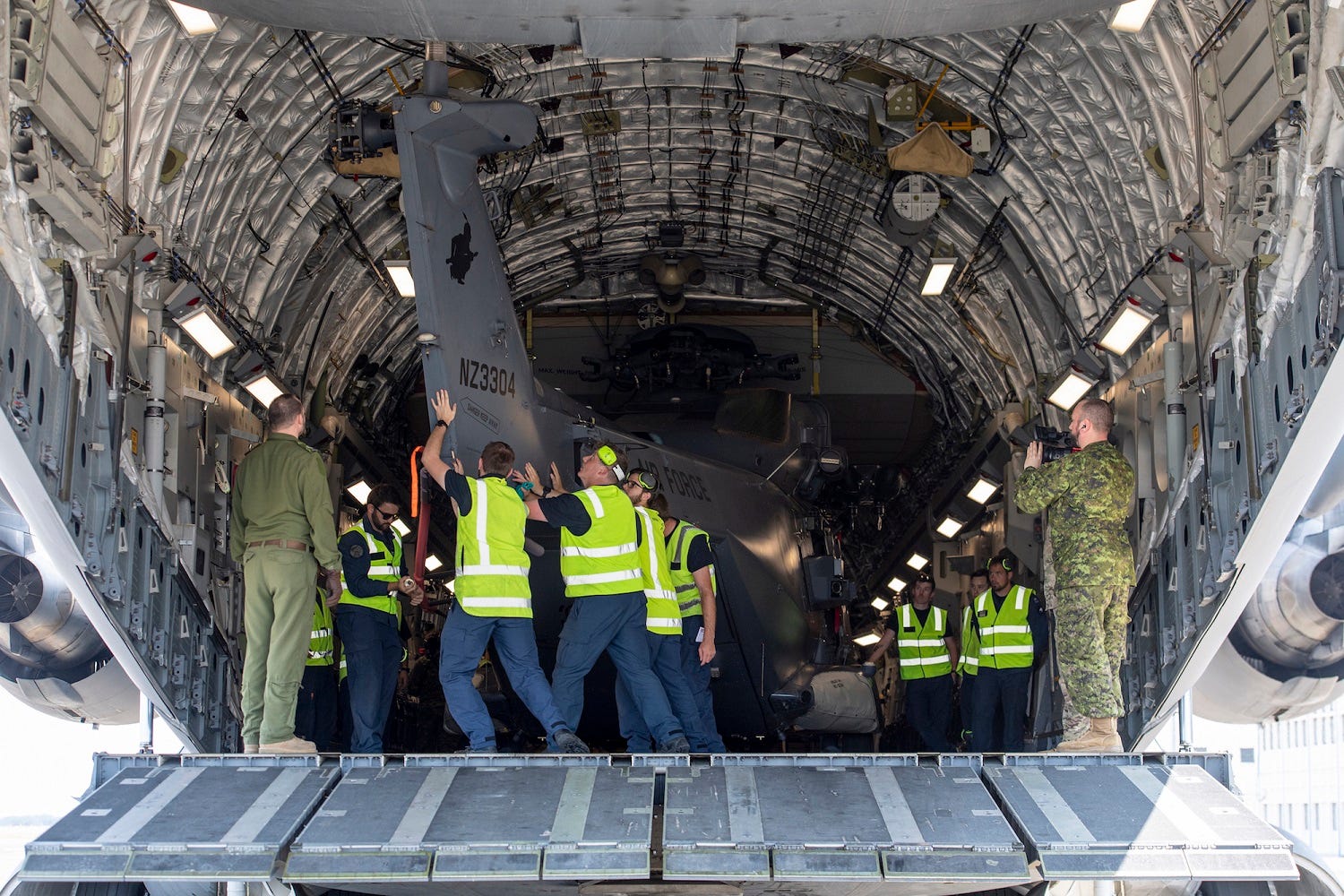Royal New Zealand Air Force (RNZAF) helicopters and crew have flown more than 180 hours in Australia carrying out fire mapping, transporting water and fuel to isolated communities, and searching for people thought to be in the path of bushfires.
Three NH90 helicopters and crews have been in Australia as part of the Australian Defence Force-led response to the bushfires.
The New Zealand Defence Force sent 118 personnel to Australia, including New Zealand Army engineers and plant operators and medical and environmental health teams, as well as the NH90 helicopters, C-130 Hercules, Boeing aircraft, crews and support personnel.
Army personnel returned last week and Commander Joint Forces New Zealand Rear Admiral Jim Gilmour said the NH90s and crews had completed the work they had been asked to do and were returning home.
“We’ve been very proud to play our part. The Anzac connection remains strong,’’ Rear Admiral Gilmour said.
The three NH90 helicopters and crews are being transported back to New Zealand from Australia this week by a Canadian CC-177 Globemaster aircraft.

The offer by the Royal Canadian Air Force to bring the NH90 helicopters and crews home demonstrated the spirit of cooperation between international militaries who worked closely together and had gone to Australia’s aid, Rear Admiral Gilmour said.
The NH90 helicopters have been carrying out a range of tasks, ranging from mapping active fire fronts, transporting firefighters and other emergency services personnel, through to the delivery of vital supplies such as water and fuel to isolated communities affected by the fires and drought conditions.
- Four more firefighters part of NZDF support to Australian bush-fire efforts
- Pacific partners work together to provide additional support to Australia
- Help and hardware from across the Tasman
- NZDF help the ADF
- NZDF sends health teams and chaplain to help fight Australian bushfires
Squadron Leader Chris Ross, the mission commander for the NH90 helicopters working in Australia, said the helicopters had recently had Rural Fire Service personnel on board and had been looking for people stranded, trapped or otherwise in need of assistance in fire areas.
The crews had also mapped the fire front of a then 9500-hectare fire south of Canberra, which has now grown to about 65,000 hectares, and had provided warning of spot fires near the fire front caused by blown embers.
By spotting new fires from the air, the NH90 crews had been able to report them quickly, allowing firefighters to respond before the fires could gain ground, Squadron Leader Ross said.
“Our crews have seen first-hand the extent of the devastation, so it’s been hugely satisfying to support the emergency response and in some cases prevent further damage.’’
Conditions for the helicopter crews had been extremely challenging at times, with severe turbulence, dense smoke, dust storms, and electrical storms affecting flying conditions, he said.
“The NH90 has been able to be utilised in high wind and turbulent conditions where smaller helicopters cannot be.”
An RNZAF C-130 Hercules aircraft, in Australia in January, carried out a number of tasks, including transporting firefighting foam to emergency services working to contain fires on Kangaroo Island.
An RNZAF Boeing earlier transported Fijian military to Australia to join the Australian Defence Force-led efforts on the bushfires.
RNZAF air load teams have been fully integrated with Australian Defence Force air load teams at Royal Australian Air Force (RAAF) Base Amberley and RAAF East Sale, moving freight to areas it was needed.





